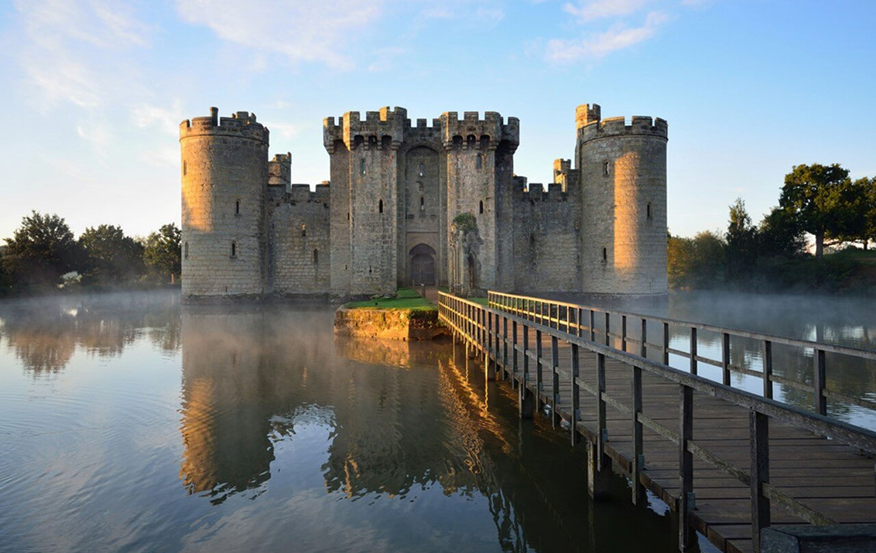England is a land steeped in history, and few symbols evoke its past more vividly than its castles. These majestic structures, ranging from medieval fortresses to stately homes, tell stories of power, warfare, romance, and intrigue. Exploring English castles offers travelers a glimpse into centuries of history, architectural evolution, and the legends that have shaped the country’s cultural identity. From crumbling ruins to meticulously preserved estates, castles remain an enduring testament to England’s rich heritage.
Advertising
1. Origins and Purpose of English Castles
The construction of castles in England began shortly after the Norman Conquest of 1066. The Normans, led by William the Conqueror, built motte-and-bailey castles across the country to establish control and defend against rebellions. These early castles featured a wooden keep atop an artificial mound (motte) and a fortified courtyard (bailey), providing both defense and residence.
Over the centuries, castles evolved in design and function. Stone replaced wood, and walls became higher and thicker to withstand sieges. By the late medieval period, castles were not just military fortresses but also symbols of power and prestige. They were often lavishly decorated and served as administrative centers, reflecting the wealth and influence of their owners.
2. Famous Castles and Their History
Windsor Castle, located near London, is one of the most iconic English castles and has been a royal residence for over 900 years. It embodies the continuity of the British monarchy and combines medieval architecture with modern adaptations. Visitors can explore the State Apartments, St George’s Chapel, and the castle grounds, each reflecting centuries of royal history.
Tower of London, another renowned fortress, was originally built by William the Conqueror and has served as a royal palace, prison, treasury, and even a zoo. Its walls hold stories of intrigue, betrayal, and execution, from the imprisonment of Anne Boleyn to the mysteries of the Crown Jewels.
Warwick Castle, constructed by William the Conqueror’s followers, is a prime example of a medieval stronghold. Today, it offers interactive exhibitions and reenactments, bringing history to life for visitors of all ages.
Other notable castles include Leeds Castle, known as the “loveliest castle in the world,” and Bamburgh Castle, perched dramatically on the Northumberland coast. Each castle has its own unique history and architectural style, shaped by the region and the ambitions of its owners.
3. Legends and Ghost Stories
English castles are not only historical landmarks but also centers of legend and folklore. Many are said to be haunted by spirits of former residents or tragic figures.
At Tower of London, the ghost of Anne Boleyn is said to wander the corridors carrying her head. Bolton Castle in Yorkshire is linked to legends of Mary, Queen of Scots, who was imprisoned there. Visitors often report eerie sounds, cold drafts, and unexplained shadows, adding a mysterious allure to these ancient structures.
Tintagel Castle, associated with the legend of King Arthur, attracts visitors intrigued by the stories of knights, magic, and heroic deeds. Its rugged coastal location and dramatic ruins create a sense of timeless mystery, blending history with myth.
4. Architectural Evolution
The architecture of English castles reflects both military needs and aesthetic tastes over centuries. Early Norman castles emphasized defense, with motte-and-bailey designs and thick stone walls. Later castles, such as Bodiam Castle, incorporated moats, towers, and decorative elements, showing a balance between fortification and beauty.
